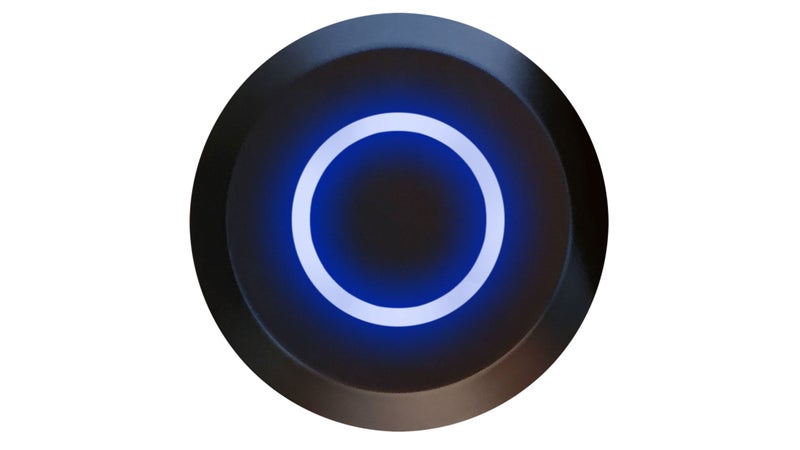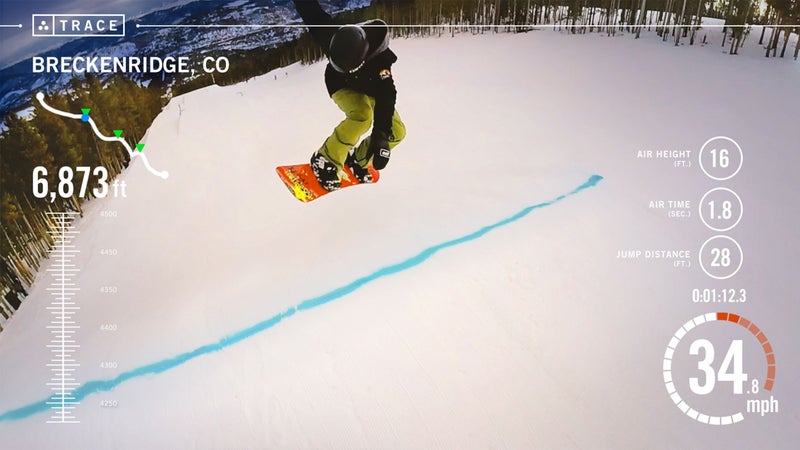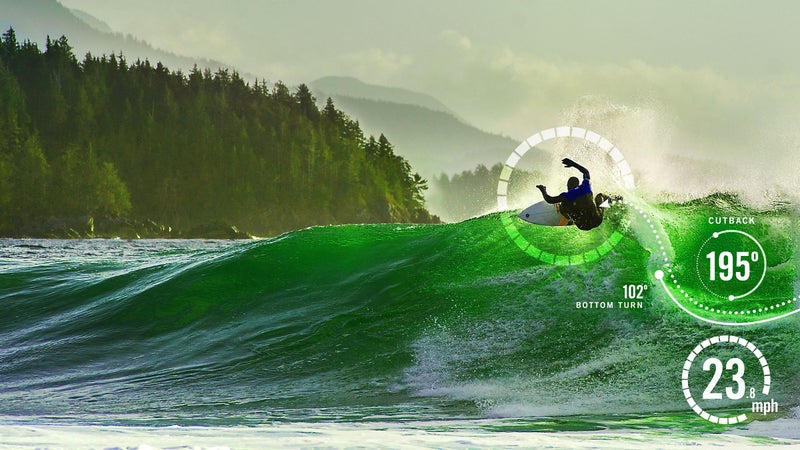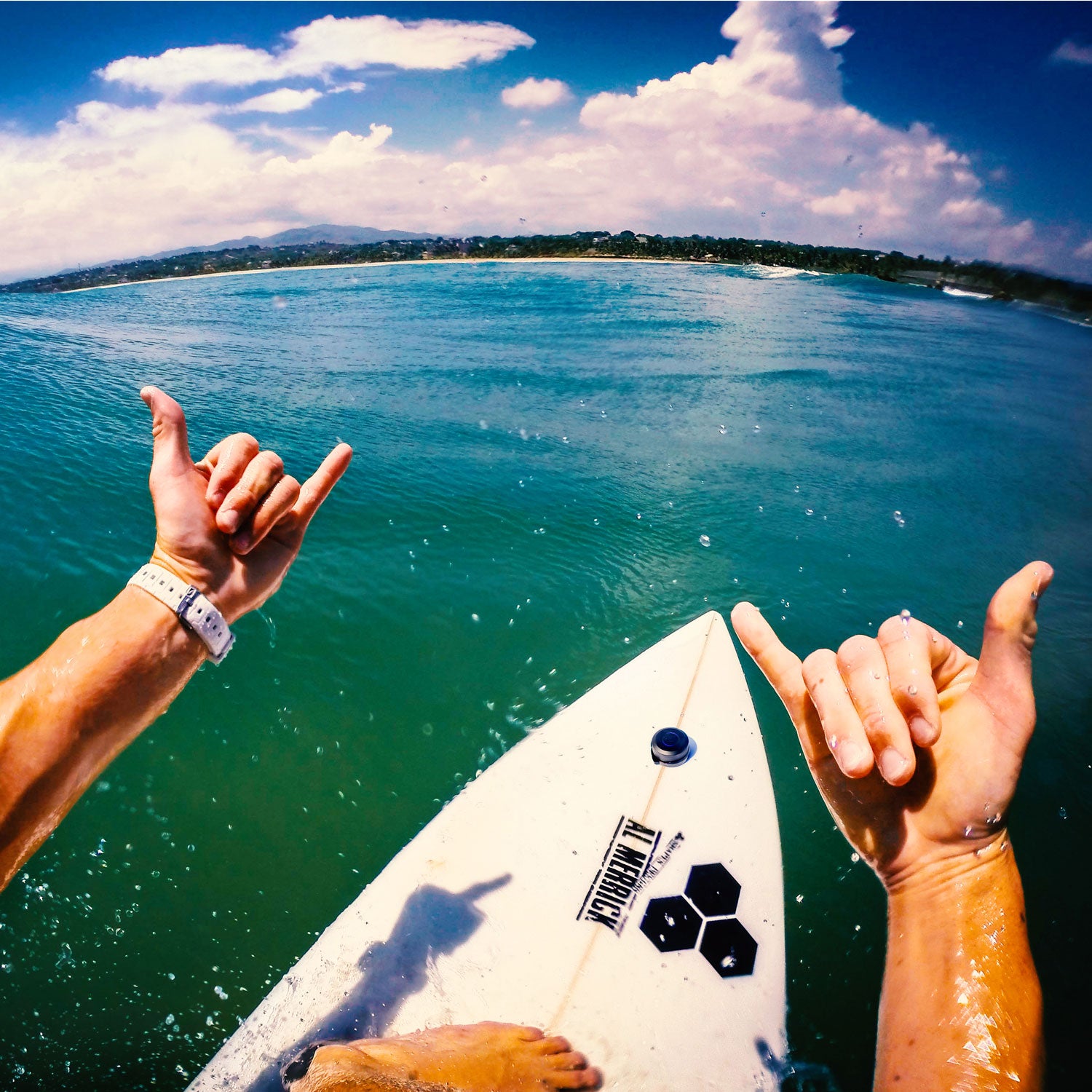The next phase in capturing sick footy? Capturing the data to prove how much air you got. A��new wearable for surfers and skiers called Trace, which maps everything from speed to number of rotations, aims to do just that.
($200) is the brainchild of 29-year-old surfer , and his dad, Anatole, the former chief tech officer at navigation tech giant . It was Anatole’s��background in GPS that spurred the pair’s invention.��

“GPS wasn’t good enough for what my dad, who’s an avid skier, and I, an avid surfer, wanted to know,” David says. “GPS tells you where you are, but it doesn’t tell you the physical attributes of what you’re doing as an athlete. It doesn’t tell you how a body moves in space.”
So, four year ago,��the Lokshin duo created the a skiing app, called , which harnesses your��smartphone’s accelerometer to measure laps, speed, tricks, vert, and more. It’s been successful, with a current user base of 500,000.��
But here’s the rub: Smartphone��accelerometers aren’t very accurate at mapping tricks. And in sports like skiing and snowboarding, that’s a crucial metric to measure success.��

“It’s like in Strava, where you have KOMs, and it’s all about improving against your own best time. [You want to know] if you’re getting better,” David says.
They needed better tech, so they packed nine axis sensors and a processor (so it works without a phone) into a piece of hardware about the size of a Reese’s Peanut Butter Cup that’s designed to adhere to a surfboard or ski. Thus was born��the waterproof, shockproof Trace.�� ��
Here’s how it works:��When you finish your run, sync your��phone to Trace, which beams all the data to an app. For surfers, data includes��a GPS track, wave count, average and maximum speed, length of longest ride, paddling distance, and tightest cutback.��

Skiers get data on which lifts they rode and��what they were called, rest time, ski time, air time, jump height, distance, and rotations. Naturally, there are leaderboards so you can compare all your stats with those of your buddies.��
Xensr, which we covered earlier this year,��promises many of the same analytics��but lacks the built-in user base of Trace Snow. Xensr is also working with manufacturers, rather than consumers, to embed its product directly into boards, bikes, and other gear.
Another difference: Trace pairs with a�� and overlays the best footage with the data stream. Granted, it’s a bit tricky to sync these two—Lokshin explains that you export both your Trace data and the GoPro footage into a DropBox account, and then the accelerometer data is compared against the footage to create a highlight edit of your best moves.
This feature is already coming to action cams like TomTom�����Ի� , and we’re betting you’ll see it soon��from GoPro, but Trace should offer better data than any of the POV cameras simply because it was built to do so.
Finally, Trace’s data capture also allows crowdsourced heat mapping. For example, at the ��event this spring, Trace provided a heat map of the Lower Trestles break by tracking eight surfers over six months. By following the surfers’ paths, the company determined where waves broke most consistently and how they broke. That led to faster rides and bigger tricks at the comp.��
Could this feature, in theory, also be used on a ski hill to show which runs are most crowded and when? Sure. But first it’ll need to get into more hands.��


